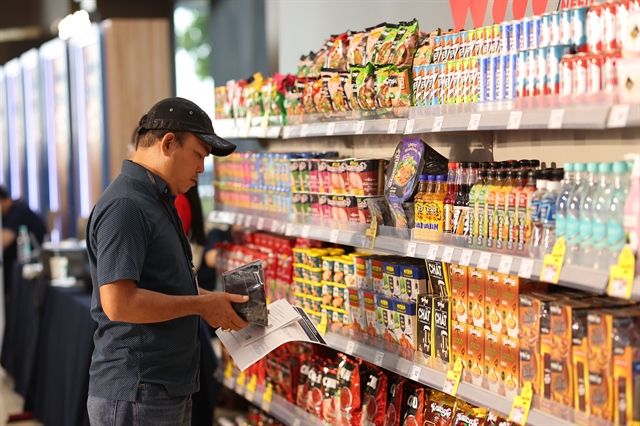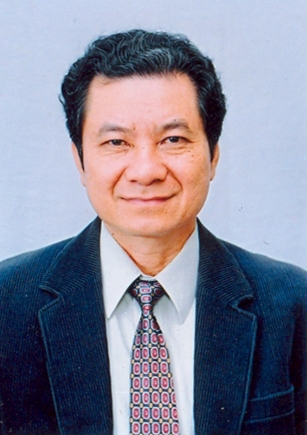 Opinion
Opinion

Dr. Trương Mạnh Tiến, Chairman of the Việt Nam Environmental Economics Society, speaks to the Sức khỏe & Đời sống (Health and Life) newspaper about the Cà Ná steel mill in the central coastal province of Ninh Thuận
 |
| Trương Mạnh Tiến, Chairman of the Việt Nam Environmental Economics Society |
Dr. Trương Mạnh Tiến, Chairman of the Việt Nam Environmental Economics Society, speaks to the Sức khỏe & Đời sống (Health and Life) newspaper about the Cà Ná steel mill in the central coastal province of Ninh Thuận
Do you support the proposal to build another steel mill in the central coastal province of Ninh Thuận?
The news about the construction of the Cà Ná steel mill in the central province of Ninh Thuận has raised a lot of anxiety following the massive fish deaths in late April 2016 caused by the Formosa mill waste water dumping.
I myself strongly object to the construction of such a big steel mill in Ninh Thuận Province. It is a very poor province in central Việt Nam, with a major water shortage. More recently, the province was hit by a prolonged drought which seriously affected the province’s economic development and residents’ daily life.
As we all know, steel production needs a lot of fresh water, but I don’t know why the Hoa Seen Group (HSG) has chosen the province to build its mega steel mill. I feel suspicious about HSG’s decision.
To my knowledge, the technology to be used in the Cà Ná steel mill is from China and is similar to the technology used by the Formosa Steel Mill. That technology is not modern and we cannot rule out that mishaps might occur.
Many countries that use backward technology in their steel industry have tried to move production to other countries. I don’t know why we don’t learn from other countries and refuse obsolete technology on our soil. I still remember the Prime Minister ruling out any imports of obsolete technology. Việt Nam is not a grave yard for junk technology.
What do you think of HSG chairman’s promise that the mill “would not let a drop of waste water go into the sea without proper treatment”?
Can we believe that promise? I don’t know where the discharged water will go. Just assume that many cubic meters of contaminated water are discharged into the soil or the river. This is very dangerous, particularly when it goes to the river.
There are various ways of discharging waste, including open dumping sites or landfill burials. But discharging waste water to the river or the sea is more dangerous. That’s why, in my opinion, relevant agencies should review the proposed Cà Ná steel mill more carefully, particularly the environmental impact assessment report. One Formosa is more than enough.
Will your society ask the government to reject the construction of the steel mill?
One of the important tasks assigned to my Environment and Economics Society is to give appraisals and social feedback on new projects. But we have not received any comprehensive documents relating to the Cá Ná steel mill, so I cannot comment. However, in my opinion, we should learn the lesson from Formosa and not let it happen again.
Do you have any comment on the task of monitoring environmental impact assessments (EIA) prepared by project owners in Việt Nam?
There are many things to say about the monitoring of the project owners’ EIAs, particularly relating to the impact of waste water discharge or solid waste treatment.
We now have environmental police forces, but they are overloaded with inspection missions. That’s why environmental violations are rampant in many projects. In some serious cases, in my opinion, we should bring the culprits to courts. — VNS









